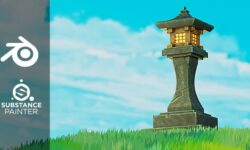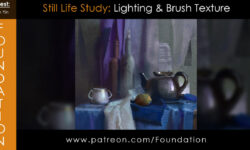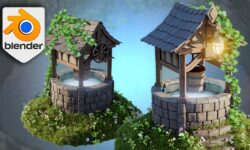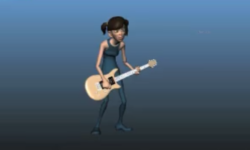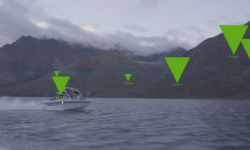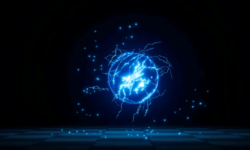Learn the Foundations of Blender by Darrin lile
Release date:2019, May 28
Duration:06 h 25 m
Author:Darrin Lile
Skill level:Beginner
Language:English
Exercise files:Yes
Learn
Create 3D objects and scenes
Create realistic materials
UV map 3D objects and assign textures
Light and render a scene using the Cycle render engine
About
In this course, you’ll learn the fundamental concepts and skills that will allow you to create three-dimensional models in Blender. We begin with Blender’s interface and navigation tools and move steadily into its foundational modelling tools such as Extrude and Loop Cut. We’ll talk about building up complex objects from basic shapes, and you’ll be introduced to some of Blender’s modifiers, such as Mirror and Subdivision Surface.
We then talk about using Blender’s Cycles render engine to create materials for our objects, light our scenes, and create stunning renders. We first look at Blender’s camera and render settings. We will then go over the different kinds of light that Blender has to offer. And we use the Node Editor to create and modify materials for our scene. The interaction of materials and lighting is an important part of any scene, and this course provides the fundamental concepts and techniques you’ll need to achieve great renders in Blender.
Finally, we will talk about what UV mapping is and why it is needed. We’ll go over the tools that Blender offers for UV-mapping our 3D objects. And we’ll look at how to export your UV maps out of Blender so you can build textures in image-editing programs such as GIMP. We’ll then bring these textures into Blender and assign them to our objects using the Node Editor. In addition, we will work with Blender’s Texture Painting tools, and examine how we can paint textures directly on our 3D models.
Click the Enroll button and get on the road to success with Blender!
Style and Approach
This course is designed to help you build something from scratch, from prototype to near completion. It covers the theory and implementation with real app examples.
Features
Blender 3D modelling tools
UV mapping
Materials and textures
Cycles, lights, and rendering



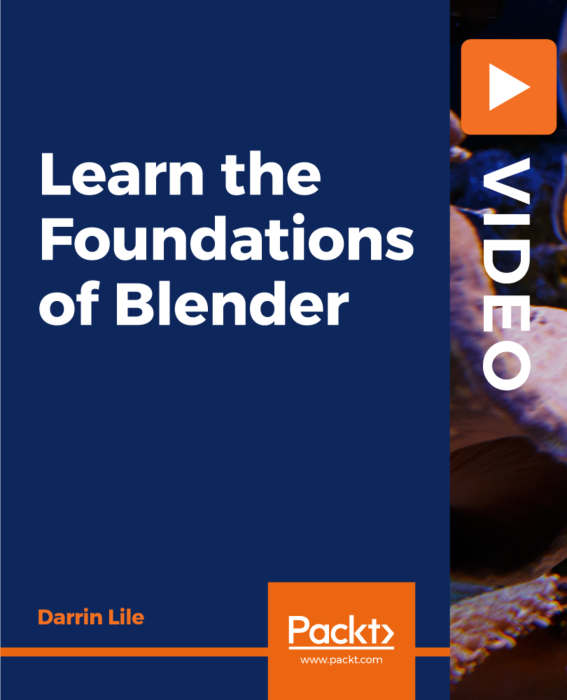

 Channel
Channel